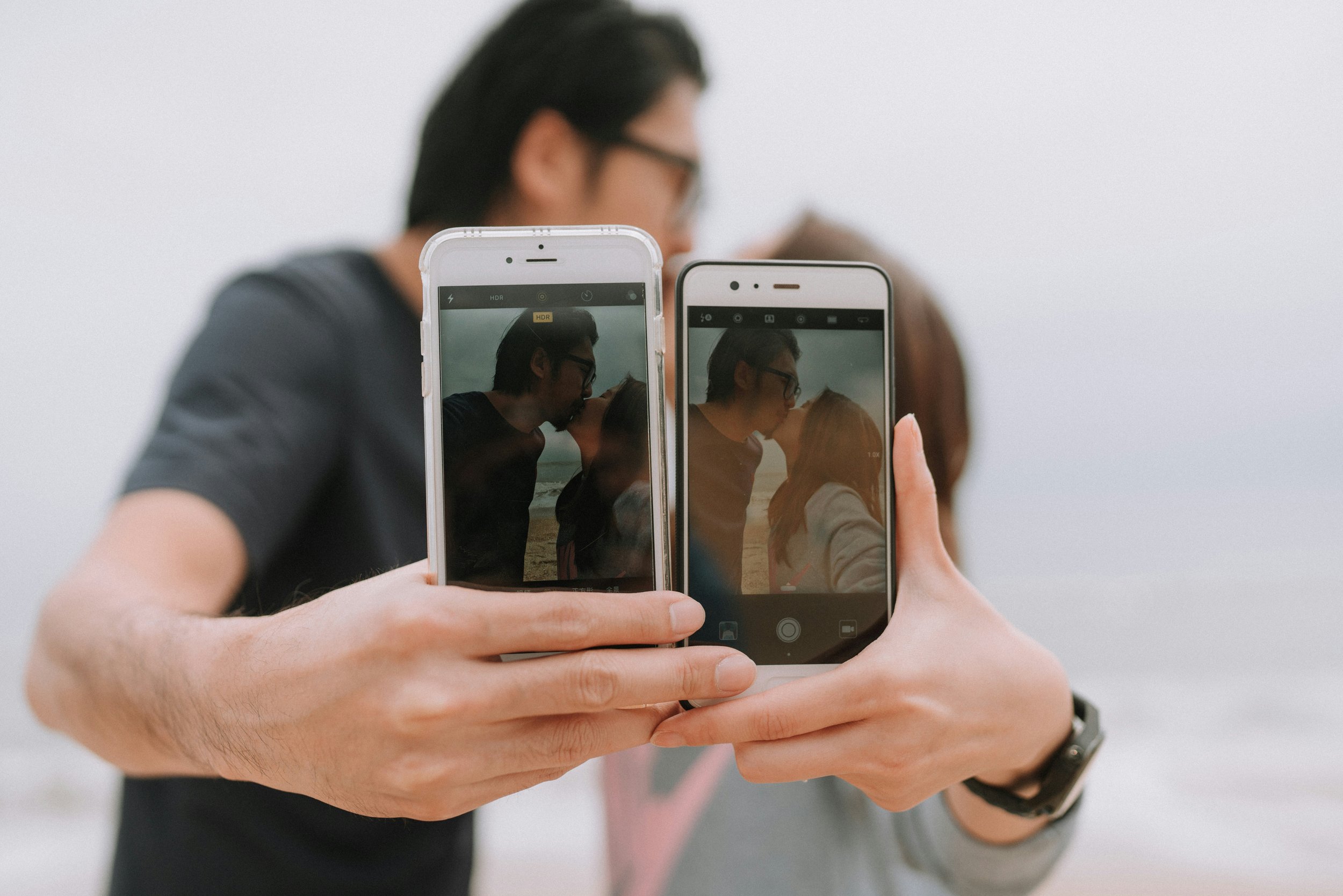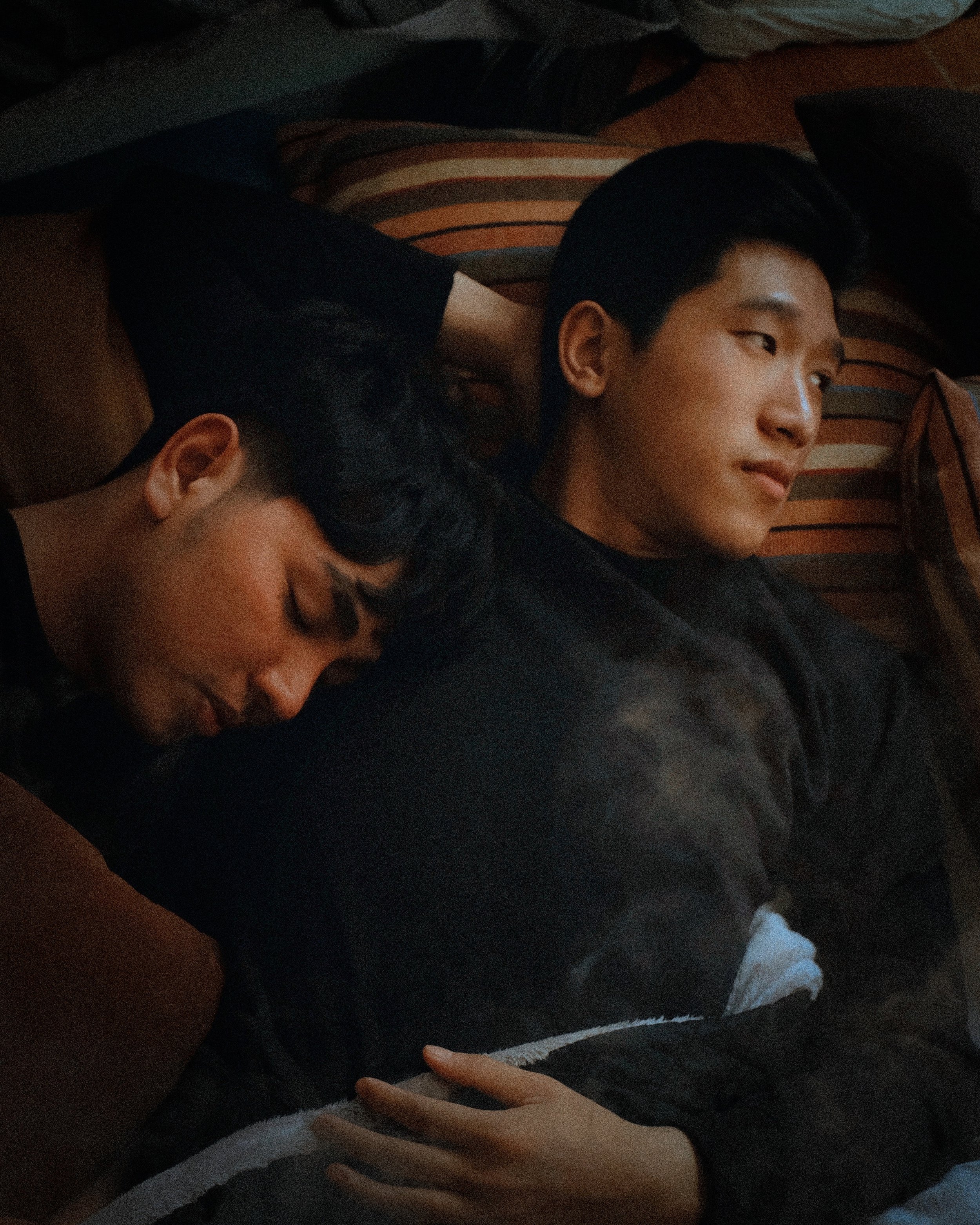
When Attachment Styles Clash: Building Bridges in Intimacy
Our intimate relationships can be a place where your deepest insecurities and relational patterns emerge. Attachment styles—your subconscious blueprint for navigating intimacy—play a significant role in how you connect with others. When attachment styles clash between partners, the result can be a dance of misunderstandings, emotional triggers, and unmet needs.

The Hidden Costs of Chasing Perfection in Love
We see them.
The flawless Instagram relationships with fairy-tale endings of curated proposals and choreographed dances at weddings. Our IG/TikTok feeds are constantly flooded with images of couple goals, perfectly timed vacations, effortless communication, and partners who seem to meet every emotional need without fail.
But is this reality?
No. I’m not a hater but I’ve seen how the neverending pursuit of a perfect love story can often leave many clients feeling disillusioned, disconnected, and unfulfilled in the relationships that they do have.

Why I Can’t See You and Your Partner for Individual Therapy
It's not uncommon for individuals to seek help for issues that affect their relationships. Relationship problems can indeed take a toll on one's mental well-being, and seeking therapy is a commendable step toward addressing these concerns. However, there is a crucial distinction between individual therapy and couples therapy, and it's important to understand why therapists often cannot see both partners individually when relationship issues arise. This recently came up for me, so I thought it would be helpful to share the reasons behind this practice and why it is essential for the effectiveness of therapy.
